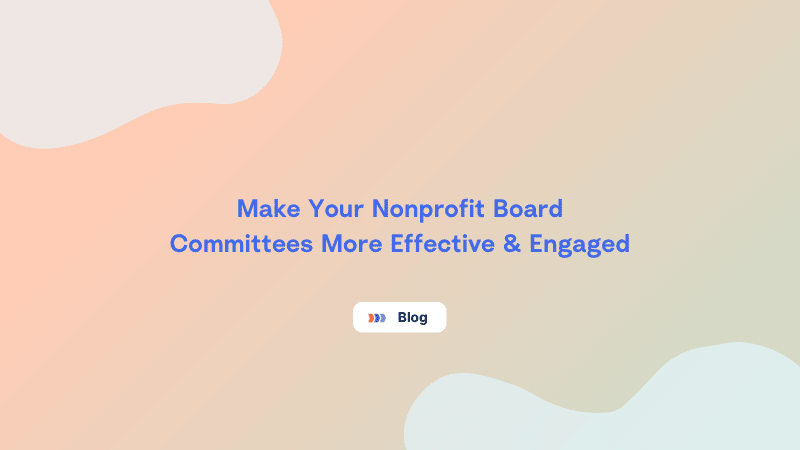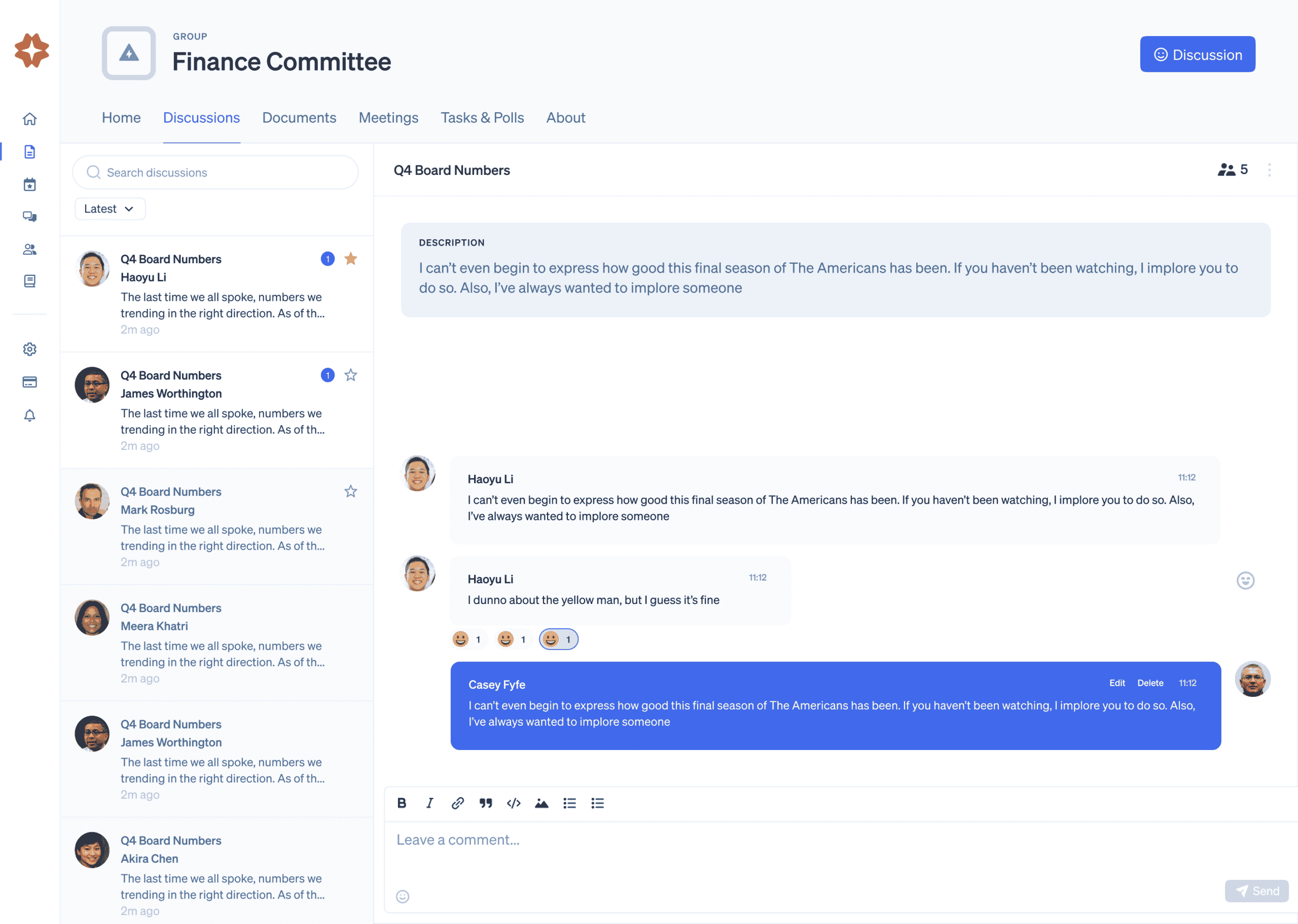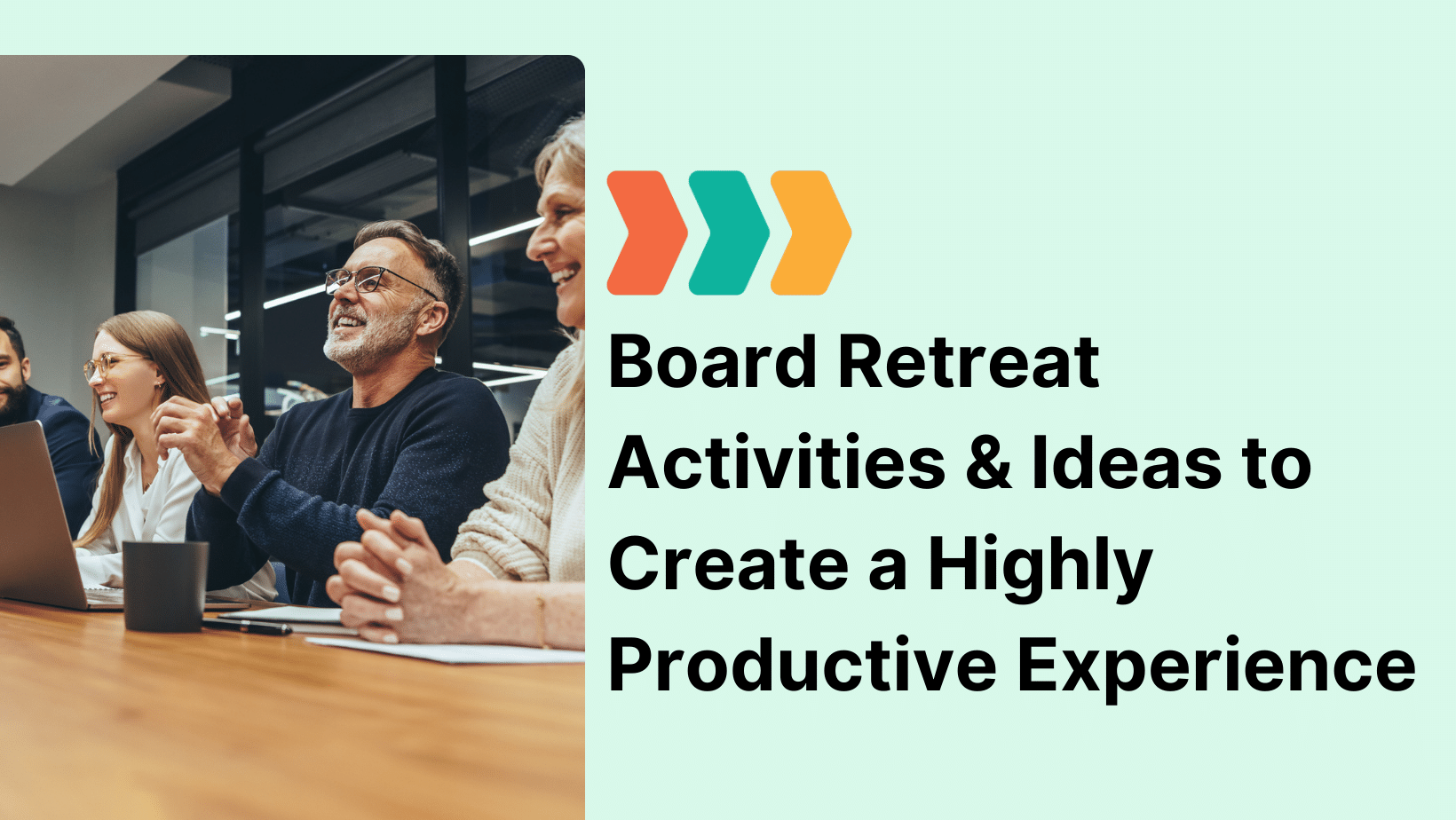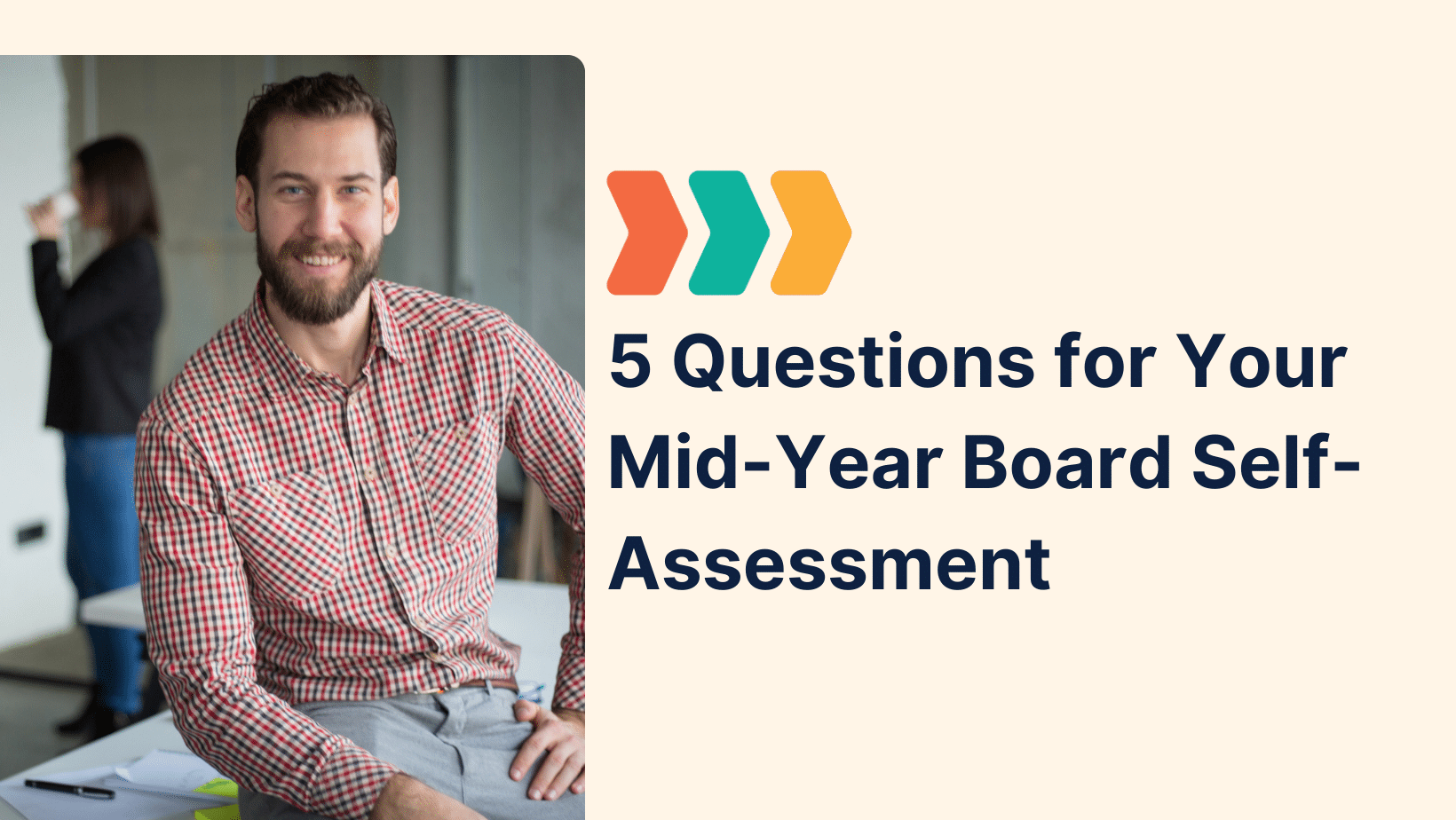Let’s Talk about Board Committees
Nonprofit boards are often made up of a series of board committees with different roles and responsibilities. A board of committee members typically has the same voting responsibilities as those who are not committee members, but those who are members also have special responsibilities or specific projects that they oversee. So let’s back up a moment – what are board committees?
Nonprofit board committees, at their most basic, are simply groups of people within a larger group of people (the board) who handle specific board functions such as planning, finances, executive activities, and governance. A committee structure typically consists of a chair and a co-chair with 3-5 other members, depending on the size of the board overall and the need in that specific committee.
However, some of the committees have a strict structure, like those associated with the governance and executive function. This is why it’s important to have a clear charter for committees and easy-to-understand bylaws so that the longevity of the board does not rely on its longest-standing member to remember how it was done in the past.
Board committees are very helpful and at times, can be an essential part of running a successful nonprofit board. It is not unusual for many nonprofit boards to have standing committees that are required to be filled at all times, as outlined in the bylaws. Some board committees are not permanent (also known as ad-hoc committees), while other board committees are an integral part of the board function overall. If you’re new to the nonprofit world and find board creation and committees overwhelming, don’t worry. It can be a lot of new vocabulary, but with the right resources and tools, it’ll be second nature in no time.
What Are Typical Board Committees?
Board committee structure, roles, and responsibilities can be unique to each committee and each board. However, there is usually a standard nonprofit committee structure that is commonly seen among most boards. Depending on the sector served, the most common board committees are finance, executive, fundraising, and governance. While we’ll break each of those types down further in a minute, every board should have at least one of those four committee types. There should be a few requirements for effective board committees to ensure that they are a good use of everyone’s time and resources:
- Board committees should serve a specific purpose or function. A committee without a specific purpose will often have a lack of interest and engagement.
- A board committee should keep a separate and unique charter. A charter is a document that keeps track of the committee’s purpose, roles, and responsibilities for each role. Using a charter helps preserve the longevity and integrity of the committee and gives every board and committee member a starting place when a question arises.
- A nonprofit board committee should contain a chairperson, a co-chairperson, and at least a few other members. The chairperson may or may not take the minutes for the committee meetings, but they should create and distribute an agenda as well as ensure that the minutes are in fact recorded.
Ad-Hoc Board Committees
Additionally, there are two more different types of board committees. These are called ad-hoc committees and standing committees. The four described above are standing committees, which means that they should always be in place with as full a roster as possible. Ad-hoc committees are created as needed and typically serve a hyper-specific purpose and will be disbanded after their purpose has been served. Ultimately, the types of committees in an organization will likely be unique to the board and determined by need and function. Keeping track of all of these committees, as well as their roles and responsibilities, can be tricky, which is why it’s important that concise record keeping be practiced within the board. Utilizing a tool such as board management software can assist in sending agendas, taking and keeping minutes, running board meetings, and more.
Keeping to the requirements for effective board committees is also essential in ensuring that the impact of the committee is maximized. The role of board committees is to assist in distributing tasks amongst the entire board rather than have a small number of very involved individuals. This helps prevent burnout in boards and can preserve members for longer amounts of time. It also helps to make every member feel that they are making a difference and doing their part to serve the organization’s mission. The different types of committee members (chairperson, co-chair, possibly a designated notetaker, untitled members) all serve in different ways, and they are all important to the overall success of the board.
Nonprofit Committee Functions Explained
Nonprofit committee descriptions should be found in the committee charter so that any curious person can find that document in order to learn more information. Organizations using Boardable would house charters in the Document Center so that any board member can have access to the charter in case they were interested in joining the committee. The requirements for effective board committees can also assist in creating more engaging and effective committees, and listing those requirements in the charter creates clarity for everyone involved.
The four typical standing committees of nonprofit boards are:
Finance Committee
The finance committee, as you may have guessed, is about examining the board’s and organization’s finances. Members involved in the finance committee will often review an organization’s yearly audit, as well as monthly financial statements. The finance committee would also oversee the yearly IRS Form 990 and all required tax filings. The finance committee would also be in charge of approving the annual budget and ensuring that the organization’s cash flow and investments are sufficient for long-term success.
Governance Committee
The governance committee is concerned with the structure and function of the board as a whole. One of their responsibilities is to ensure that the board is following the bylaws of the organization as well as following compliance with state and federal laws. The governance committee is also responsible for approving new members of the board. If a member has a question or concern about the function of the board itself, the best person to contact would be a member of the governance committee or to review the governance committee’s charter.
Executive Committee
The executive committee is the leadership of the overall board, consisting of the Board Chairperson (also commonly called President), the Vice Chairperson (or Vice President, Chair-Elect, etc… we told you there would be a lot of new vocabulary!), the Secretary, and the Treasurer. The Executive Committee can act on behalf of the board in extenuating situations, has a direct relationship with the CEO or Executive Director of the nonprofit, establishes or retires committees as a whole, and many other important duties.
Fundraising Committee
Just the way it sounds, the fundraising committee is in charge of raising funds for the organization. Many times this can often look like an events committee, as many nonprofit fundraising efforts are also events such as bake sales, concerts, breakfasts, etc. The fundraising committee serves a vital purpose – without funds, the organization can not serve its mission. While the fundraising committee handles the specifics, they will often enlist the entire board for fundraising purposes. Every member is expected to contribute to helping to raise funds for the organization.
Nonprofit Board Committees Best Practices
While it can certainly seem overwhelming, the key to successful nonprofit board committees is documentation. And while that may seem boring, arduous, and difficult, it doesn’t have to be!
A few nonprofit board committee best practices:
- Set an agenda for every meeting. This is typically done by the chair or co-chair. Stick to the agenda.
- Record minutes for every meeting. This helps keep track of what was discussed and what was decided. After all, the purpose of board committees is to take action. It should be clear to every committee member and board member what happened during the meeting.
- Give committee reports during the board meetings. This also helps create clarity among the committees of the board and helps ensure that every board member is informed.
- Keep nonprofit board committee charters. Charters are vitally important to the success of a committee. It can be easy for members to rely on the way “it’s always been done,” but when the people who remember how it’s always been done have exceeded their term limits – what happens then? You have the charter ready to go!
We know that sounds like a lot of paperwork, but the best part is that software like Boardable can help you create and organize all of the necessary documentation for running a successful board and successful board committees. Our Smart Meetings feature makes it easy to have meetings from anywhere and keep track of committee members’ schedules. Let the Agenda Builder and Minutes Maker remove all of the pre-and post-meeting stress by assisting you in creating customized templates for your agenda and minutes. Boardable makes being a board member simpler and can help increase member engagement and retention overall. Ready to give Boardable a try? Get started for free.




